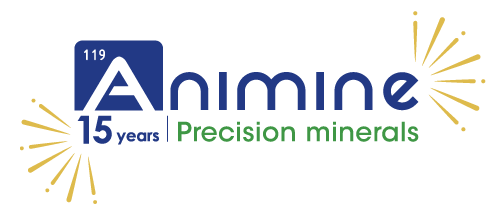> Research & Science
Trace mineral nutrition for poultry
At supra-nutritional levels, some trace elements may have beneficial effects on the quality of animal products such as : enrichment of eggs and meat for higher nutritional value, eggshell quality, and technological properties of meat. However, such possibilities are not possible when supplementation levels are strictly restricted like in the European Union.
Generally, the contribution from animal effluents to metal inputs on soils is large. In 2007, it was estimated that 53% of copper load on French soils came from animal wastes, followed by 34% from fungicides. Very small amounts originated from sewage sludge, atmospheric deposition, mineral fertilizers and liming materials. Manure from cattle represented 65% of quantities from animal origin, while 20% came from pig and only 10% from poultry production.
In the long term, the balance between minerals supplied by animal effluents and the quantity withdrawn by crops is critical for the sustainability of animal production systems. At the difference of Cu sprayed on vineyards from which about 30% is « lost » in the soil, the fate and technological treatment of animal wastes can be a solution to utilise them as fertilisers on a larger territory.
To avoid excess usage, optimal supplementation of trace minerals require accurate knowledge of animal requirements and good caracterisation of sources. For example, recent comparisons of the bioavailability of zinc oxides manufactured from different technologies showed that they can be discriminated according to their physico-chemical features.
Source : Nys et al, Adapting trace mineral nutrition of birds for optimising the environment and poultry product quality, WPSJ (2018) Vol.74, 2:225-238

